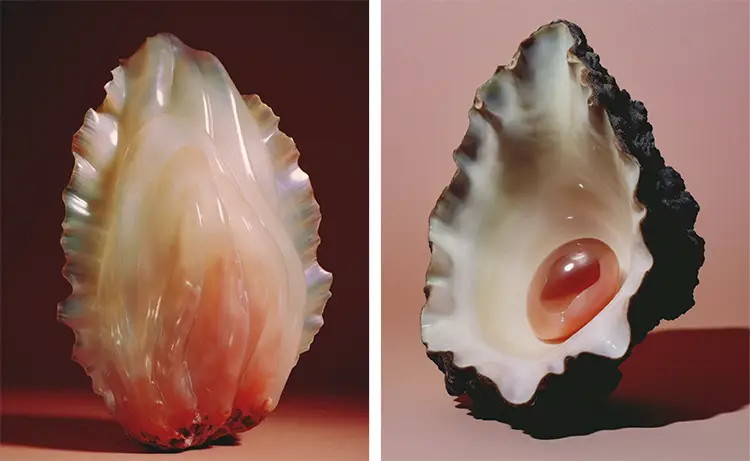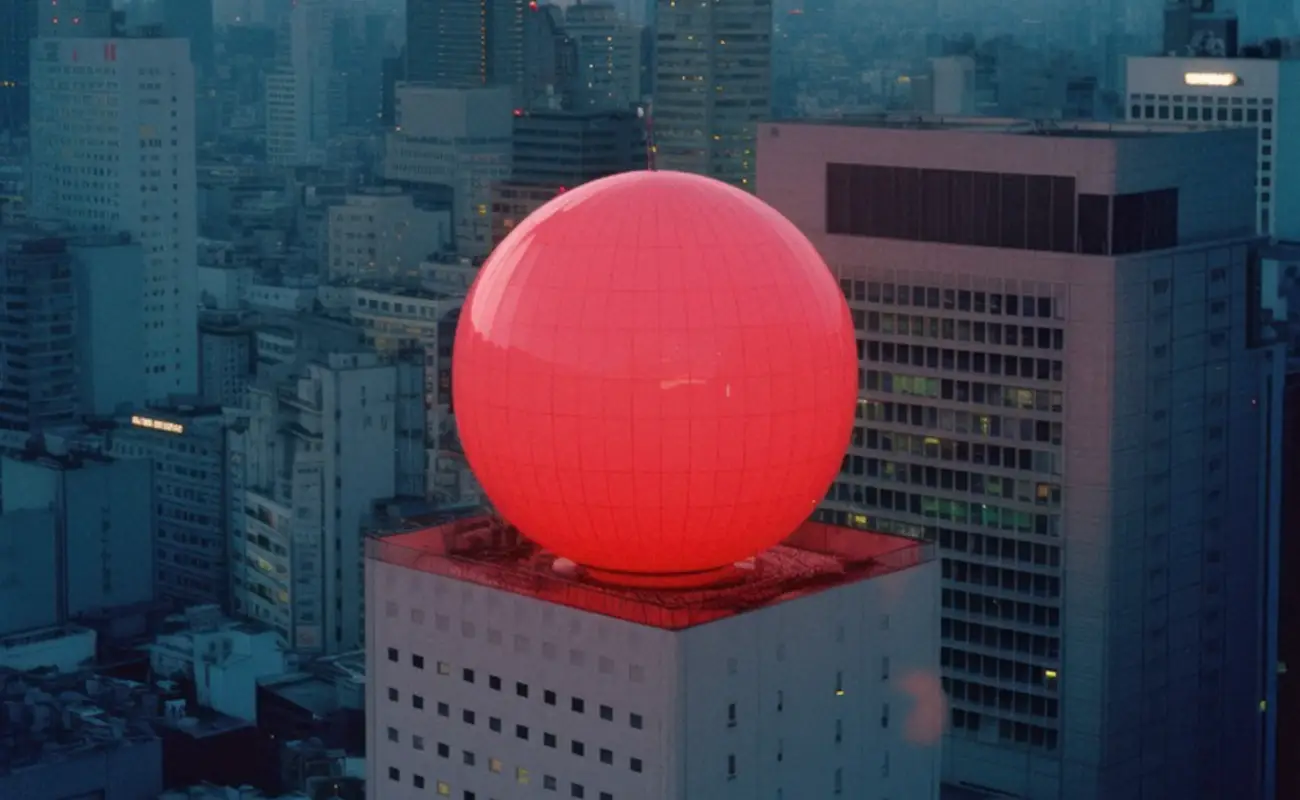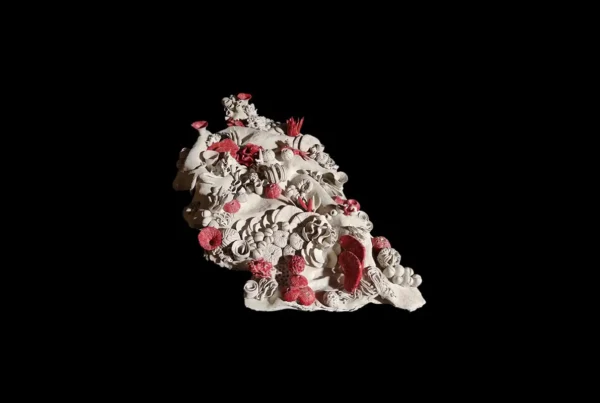Reframing the Real: Where Nature, Nostalgia, and AI Intersect
Marius Troy’s art does not settle for the visible—it questions it. Based in Åsgårdstrand, Norway, Troy is a multidisciplinary digital artist whose practice leans into the uncertain, the surreal, and the speculative. Working at the convergence of artificial intelligence and visual storytelling, his immersive digital works present reimagined worlds that defy the ordinary. Urban, residential, and natural landscapes are transformed through a lens that seems to both remember the past and envision the future. The emotional weight of nostalgia meets futuristic aesthetics, creating compositions that resonate on both visceral and conceptual levels. Troy’s creations are not just visual provocations; they are open invitations to experience new dimensions of thought.
Troy’s career spans over a decade of work as an art director, curator, and photographer, drawing the attention of global fashion giants such as Dolce & Gabbana, Nike, Oakley, and Dior. Despite this commercial success, his artistic focus remains rooted in authentic expression and philosophical inquiry. His integration of AI into creative workflows does not serve novelty, but instead functions as a reflective device—a technological mirror held up to the human experience. With each project, he navigates the liminal space between algorithmic output and human emotion, crafting digital artworks that feel eerily alive. Through these pieces, Troy asks viewers to consider what is real, what is remembered, and what is possible.
What distinguishes his practice is not only the thematic weight of his work, but also the delicate craftsmanship behind it. In his limited-edition “Aurum Portals” series, each image begins as a dialogue between artist and generative AI model. Once the foundational composition takes form, Troy steps in to curate, composite, color-grade, and finalize each piece by hand, transforming digital potential into cohesive visual narratives. These artworks—produced in limited runs of 25 and printed on museum-grade Hahnemühle paper—are born of collaboration, but filtered entirely through his sensibility. In Troy’s view, this process is not a surrender to the machine, but a reinvention of authorship: a creative alliance that could only emerge in our current era.
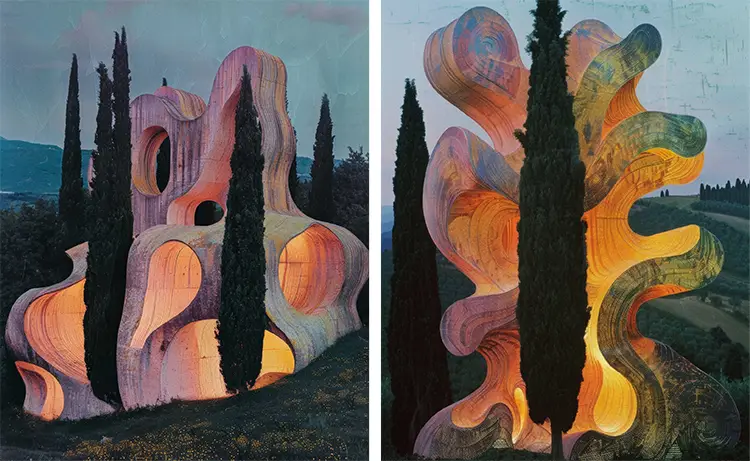
Marius Troy: Building the Unseen with the Tools of the Now
At the heart of Troy’s practice lies a profound engagement with perception itself. His creative output challenges not just the boundaries of medium, but the mental architectures through which we interpret reality. From dreamlike terrains populated by otherworldly light to cityscapes fractured by uncanny beauty, his digital works resemble fragments of memory refracted through the lens of possibility. AI becomes less of a tool and more of a co-navigator—one that helps unlock hidden corners of the human imagination. Troy often refers to creativity as humanity’s oldest language, one that began with sticks and stones and has now evolved to include neural networks. This evolution, in his view, is not a deviation from authenticity but a continuation of it.
Troy’s relationship with AI is rooted in acceptance rather than resistance. He views this new era of artistic tools as both empowering and inevitable, recognizing that technological change has always shifted the creative landscape. Much like the camera once disrupted traditional art forms, AI is reshaping what is possible—and in doing so, revealing new paths for exploration. He acknowledges that these changes come with their own chaos: an influx of mediocre outputs and ethical ambiguities. Yet Troy emphasizes that the abundance of noise is the price of creative democratization. Just as smartphones unlocked the photographer in millions, AI will serve as an amplifier for new voices in the art world, some of which may otherwise never have been heard.
This perspective stems from a deep-rooted belief that the purpose of art is not ownership, but communion. When asked about issues of originality and authorship, especially in light of AI’s controversial rise, Troy reframes the conversation. For him, art is a social contract built on shared experiences and mutual understanding—not a commodity protected by individual ego. He sees every creation, whether made by hand, lens, or code, as part of an ever-evolving remix of collective expression. Instead of fearing technological disruption, Troy chooses to focus on the new potential it unlocks for connecting with audiences on a deeper, more imaginative level.
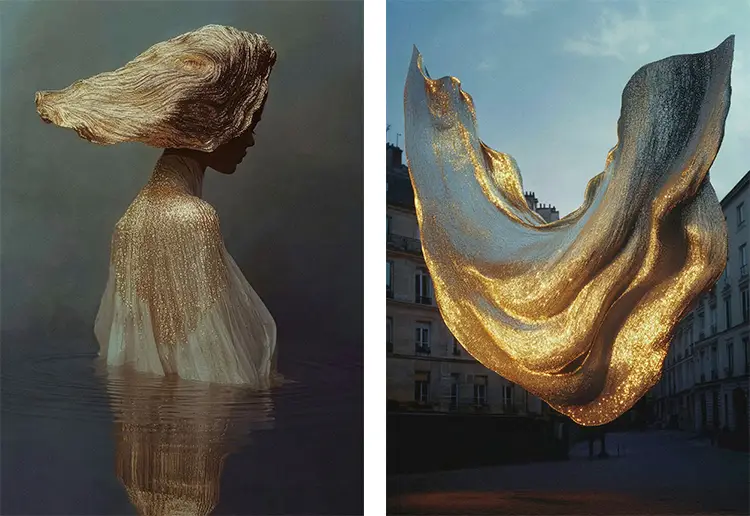
Decoding the Magic: Sentimentality as Resistance in a Digital Age
Troy’s artistic ethos is intimately shaped by personal experience and emotional depth. He is not simply interested in aesthetics or technological novelty; his work is an exploration of sentiment, presence, and memory. Rejecting the distraction of modern hyper-connectivity, Troy surrounds himself with analog objects: a cassette recorder, a 35mm film camera, an old Nokia phone. These tools are not statements of nostalgia for its own sake, but quiet rebellions against the constant pull of the screen. He describes moments of loneliness and invisibility in urban spaces, where people pass by absorbed in their devices, missing the sunlight, the sea air, the fluttering of birds. These observations become the emotional soil from which his artworks grow.
The immersive experiences Troy designs are attempts to reignite a sense of wonder in a digitally saturated culture. He seeks to remind viewers of the innate magic they once believed in before routine and rationality dulled their perception. His virtual landscapes are not meant to confirm a worldview, but to awaken a forgotten instinct: the sense that something more might exist beyond what is immediately visible. Each image is a portal, not to another place, but to another way of feeling. He wants audiences to sense the eternal within the artificial, to experience awe not because something is real, but because it touches something real inside them.
Currently, Troy is preparing a large-scale exhibition in Oslo that will explore the “visual fabric of sound.” Using AI technologies, the show will translate auditory frequencies into real-time visualizations, turning intangible moments into immersive sensory environments. The project reflects his ongoing desire to connect the dots between the ephemeral and the material, the seen and the felt. This work is not just an artistic experiment; it is a meditation on human perception itself, blurring the distinction between sensory domains and asking viewers to reconsider what it means to experience reality. For Troy, art is a doorway—and on the other side is a deeper awareness of self, others, and the world we share.
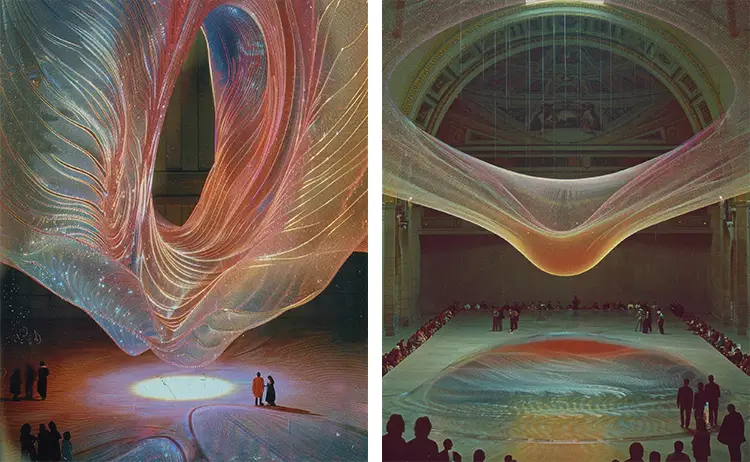
Marius Troy: The Artist as Observer, Architect, and Alchemist
While Troy’s artworks often take the form of digital environments, his true medium may be something less tangible: attention. He describes focus as the illumination of awareness, a shifting light that determines not only what we see, but how deeply we experience it. Balancing countless creative projects at once, Troy prioritizes the act of directing this internal spotlight with intention. In both his life and work, he strives to shine his attention where it matters most, resisting distractions and inviting audiences to do the same. His process is fueled by emotional intelligence as much as technical skill, offering a rare fusion of sentiment and structure, intuition and innovation.
Troy’s views on imperfection also shape the raw honesty of his work. For him, flaws are not errors but signifiers of authenticity. He sees perfection as emotionally sterile—something that alienates rather than connects. Quoting Leonard Cohen, he reflects on the cracks where light enters, acknowledging that it is often in vulnerability that true resonance occurs. This philosophy permeates his digital creations, where soft textures and irregular compositions replace the sterile sheen of algorithmic perfection. These deliberate imperfections ground his art in humanity, offering a counterbalance to the slickness of machine-generated aesthetics.
At the core of his philosophy lies a refusal to impose rigid direction on his artistic journey. Instead, he listens inward, responding to the emotional and philosophical undercurrents that guide his path. He admits to not always knowing where he is headed or how his work will evolve, and yet it is this openness that gives his practice its vitality. Describing the “accents” that make his art distinct, Troy points to nostalgia—not merely as sentiment, but as a reservoir of emotional memory. The places he has loved, the people who shaped him, the dreams he once had and the futures he still imagines—all of it seeps into his work. In this way, Marius Troy is less a creator of images and more a transmitter of feeling, offering artworks that resonate not just with the eyes, but with the heart.
